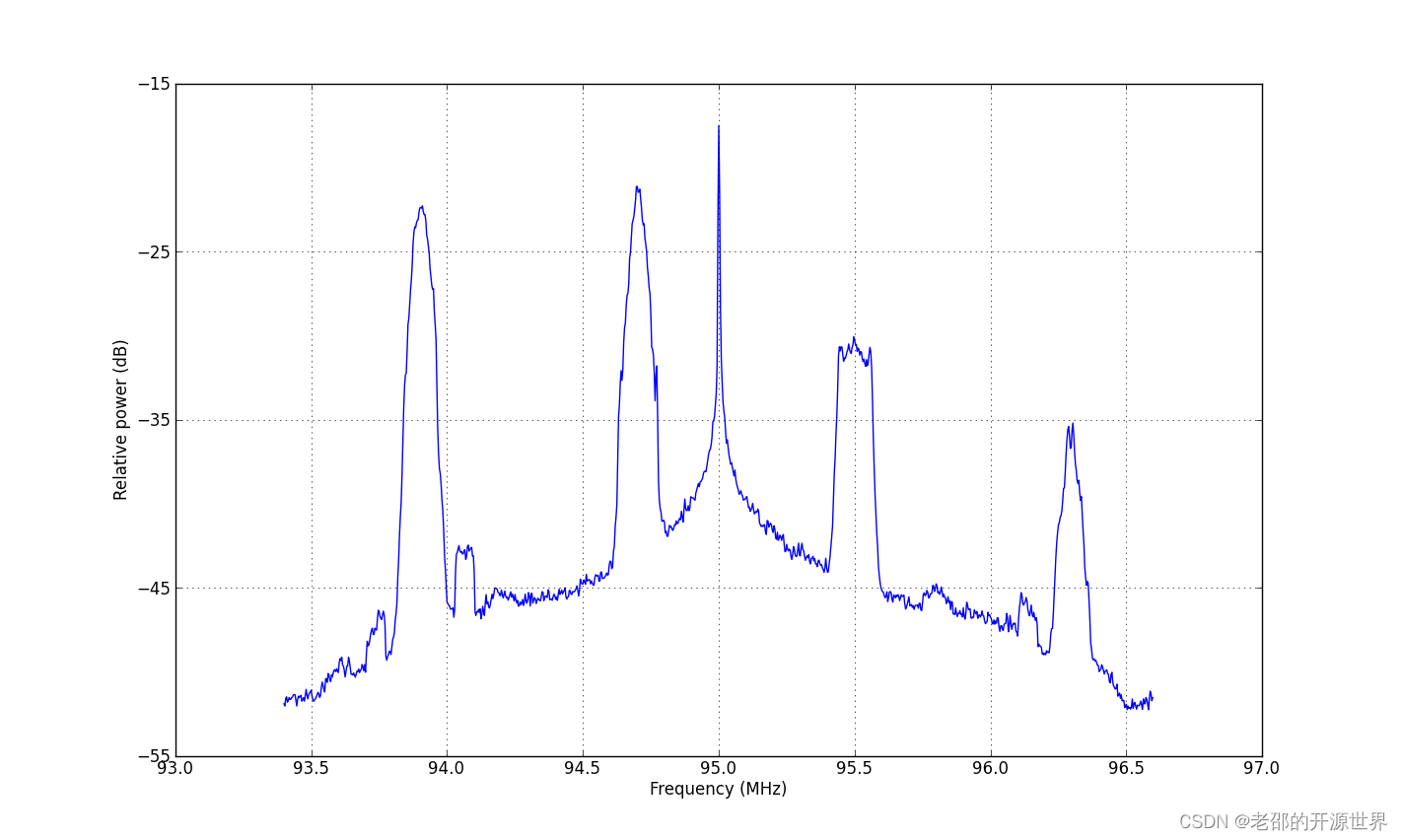当前位置:网站首页>Tempest HDMI leak receive 1
Tempest HDMI leak receive 1
2022-06-25 07:24:00 【Lao Shao's open source world】
I heard that there is a magical software called tempestsdr, It can be used sdr To receive the signal leaked from the display .
This software is really hard to install , the reason being that java Of , And only the code . But the core of his code is AM demodulation , So I have the idea of writing my own code to realize this function .
tempestsdr In fact, the name of is not casually named ,tempest yes Temporary emanation and spurious transmission Abbreviation , Refers specifically to this type of leakage .
I used another well-known software TVSharp I can also roughly see HDMI Leaking signal , It further verified my idea , Just use AM Demodulate and draw the result line by line .
Here are the results I measured .
SDR receive HDMI Leakage signal There is no need to tempestsdr_ Bili, Bili _bilibili- https://www.bilibili.com/video/BV1b94y127Qh?spm_id_from=333.337.search-card.all.click But if you want to further improve the effect, you need to change the code ,TVSharp yes C# Developed , Not open source , You can decompile and see the code , But you can't recompile ( The main reason is that I am too lazy to build one C# engineering , I don't like it windows Development ).
https://www.bilibili.com/video/BV1b94y127Qh?spm_id_from=333.337.search-card.all.click But if you want to further improve the effect, you need to change the code ,TVSharp yes C# Developed , Not open source , You can decompile and see the code , But you can't recompile ( The main reason is that I am too lazy to build one C# engineering , I don't like it windows Development ).
The development environment I am mainly used to is Linux Under the C/C++ Develop or Python Development . I used to use C++ I have written the program of analog TV reception . But this time in order to make a tutorial as easy as possible , I'm going to use Python 2.7 To develop .
First , I found one called pyrtlsdr My bag , It is the rtlsdr The driver of is encapsulated .
There is an example in it
from pylab import *
from rtlsdr import *
sdr = RtlSdr()
# configure device
sdr.sample_rate = 2.4e6
sdr.center_freq = 95e6
sdr.gain = 4
samples = sdr.read_samples(256*1024)
sdr.close()
# use matplotlib to estimate and plot the PSD
psd(samples, NFFT=1024, Fs=sdr.sample_rate/1e6, Fc=sdr.center_freq/1e6)
xlabel('Frequency (MHz)')
ylabel('Relative power (dB)')
show()Run the above code to see the following spectrum diagram .

I made changes based on this code , Because I have found the frequency point in advance , I just need to draw the time domain signal , No spectrum required , So I deleted the spectrum plotting code first . Then I need to cycle continuously to get the time domain signal , And for debugging , I also want to print the signal value on the screen .
The modified code :
from pylab import *
from rtlsdr import *
sdr = RtlSdr()
# configure device
sdr.sample_rate = 2.4e6
sdr.center_freq = 395.991e6
sdr.gain = 4
while True:
samples = sdr.read_samples(1*1024)
print (samples)
sdr.close()With this code , If you have one rtlsdr Plug it into the computer , Find another one portapack, Use the signal source function in 395.991MHz Send a signal on , You can see that the number on the terminal is very small when there is no signal , After the signal is sent , The number on the terminal also becomes larger .
What we need to do later is to convert these large and small numbers into colors .
To be continued , Coming soon !
边栏推荐
- Event registration | Apache pulsar x kubesphere online meetup is coming
- 【一起上水硕系列】Day 5
- Escape analysis of 982 golang
- How do I know if mysqlnd is an active driver- How to know if MySQLnd is the active driver?
- 赚够钱回老家吗
- 韩信大招:一致性哈希
- Enter an integer with any number of bits, and output the sum of each bit of the number. For example: 1234 – > 10
- Blue Bridge Cup SCM module code (nixie tube) (code + comments)
- Ppt template of small fresh open class education courseware
- Classic paper in the field of character recognition: aster
猜你喜欢

LabVIEW generate application (exe) and installer

Classic paper in the field of character recognition: aster

1W words | 40 pictures | hard core es actual combat

我的处女作杀青啦!

Expression of fatherly love

【批处理DOS-CMD命令-汇总和小结】-外部命令-cmd下载命令、抓包命令(wget)

【他字字不提爱,却句句都是爱】

【LeetCode】two num·两数之和

TEMPEST HDMI泄漏接收 1

Display purchase Summary - Dell 2705qm BenQ pd2700u
随机推荐
Pratique de gestion hiérarchique basée sur kubesphere
韩信大招:一致性哈希
TEMPEST HDMI泄漏接收 1
lotus v1.16.0-rc3 calibnet
【一起上水硕系列】Day 5
Solar orbiter captured the full picture of the largest prominence eruption in history
鸿蒙页面菜单的选择
Conditional grouping with $exists inside $cond
13 `bs_ duixiang. Tag tag ` get a tag object
Blue Bridge Cup SCM module code (timer) (code + comments)
1W字|40 图|硬核 ES 实战
Escape analysis of 982 golang
lotus v1.16.0-rc2 Calibration-net
威迈斯新能源冲刺科创板:年营收17亿 应收账款账面价值近4亿
313. Binary sum
Don't you know the evolution process and principle of such a comprehensive redis cluster model?
Why use NoSQL with MySQL?
48 张图 | 手摸手教你微服务的性能监控、压测和调优
[Introduction aux uvm== > Episode 9] ~ modèle de registre, intégration du modèle de registre, méthode conventionnelle du modèle de registre, scénario d'application du modèle de registre
The king scheme in distributed locks - redisson
 https://github.com/roger-/pyrtlsdr
https://github.com/roger-/pyrtlsdr